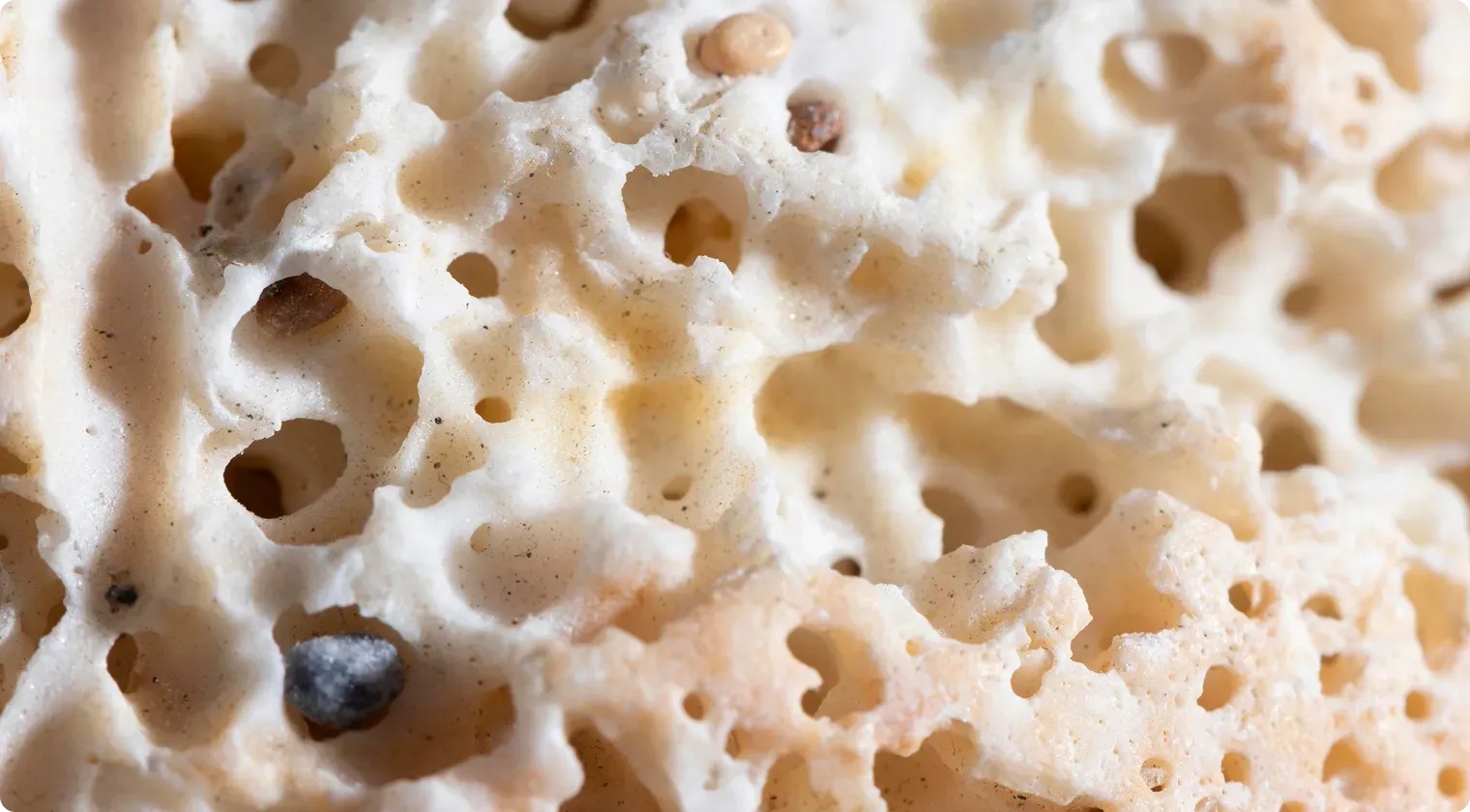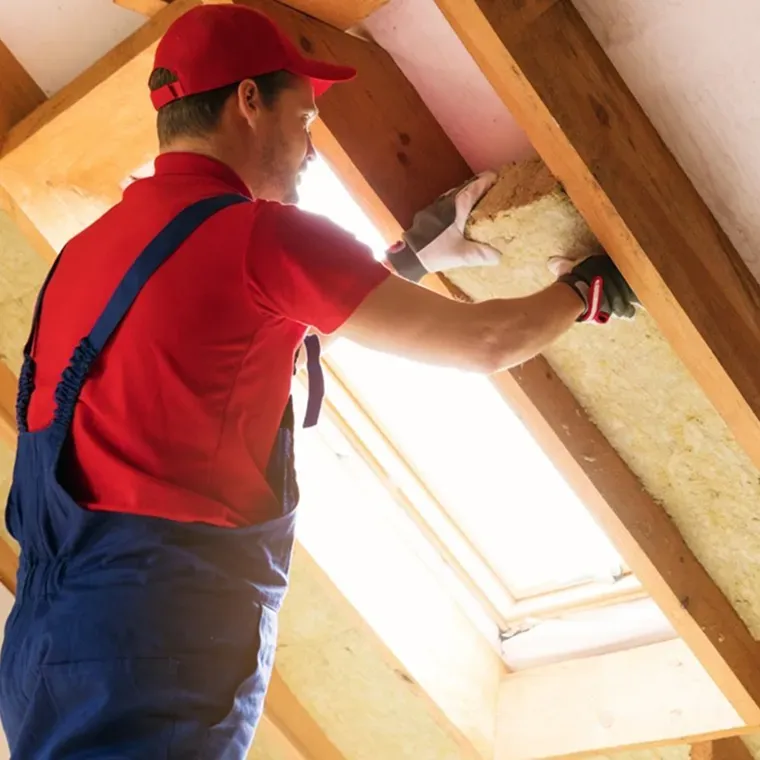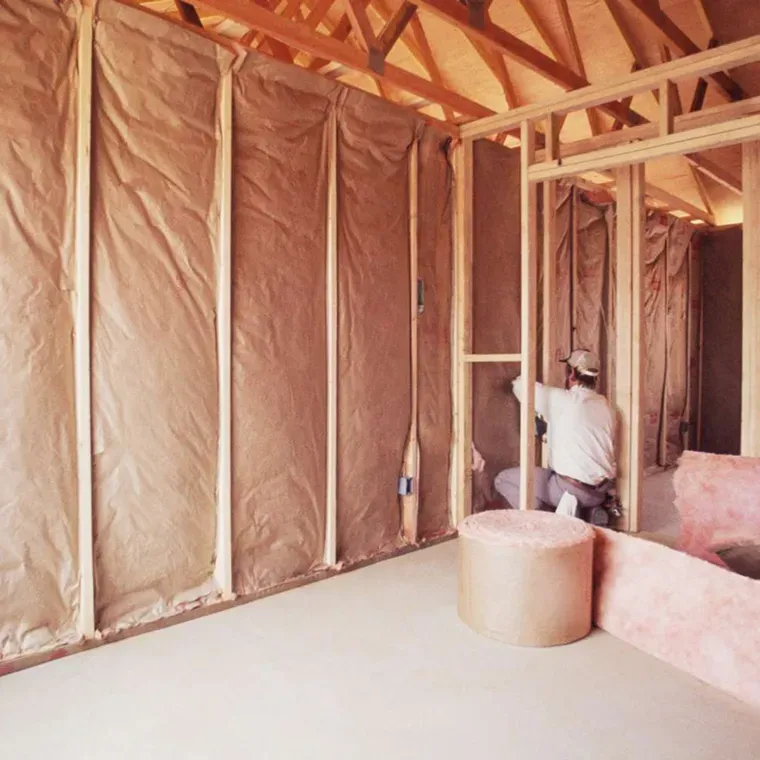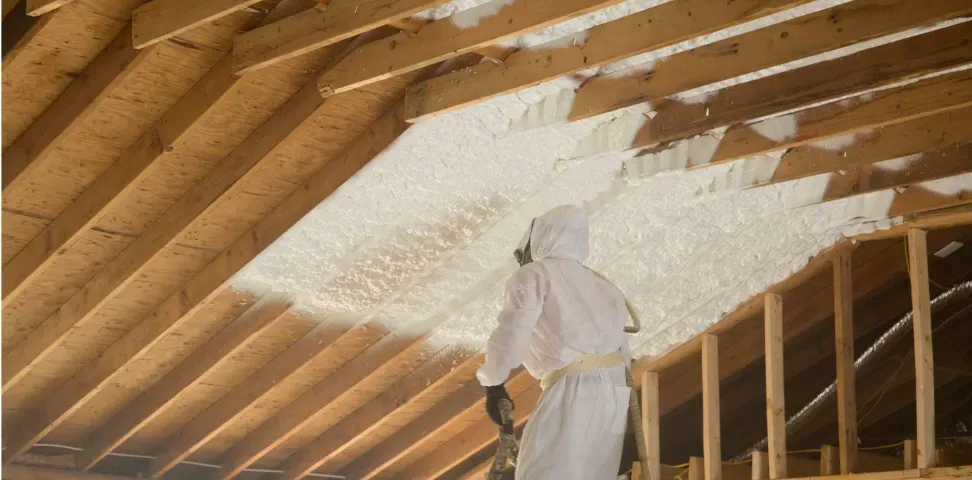
Top 5 Benefits of Polyurethane Foam Insulation
Superior Thermal Performance
Polyurethane foam provides exceptional thermal resistance (R-value), reducing heat transfer and maintaining indoor temperatures more efficiently. This results in lower energy consumption for heating and cooling, leading to reduced utility bills. Unlike fiberglass or cellulose, polyurethane foam creates a seamless thermal barrier, eliminating cold spots and drafts.
Air and Moisture Barrier
Unlike other insulation materials, polyurethane foam expands upon application, filling gaps, cracks, and hard-to-reach spaces. This forms an airtight seal, preventing drafts and moisture infiltration, which can lead to mold growth and structural damage.
Long-Lasting and Durable
Polyurethane foam insulation is designed to last for decades without losing its effectiveness. It doesn’t sag, shrink, or degrade over time, maintaining its insulating properties for the lifetime of a building. Additionally, it is resistant to pests, rodents, and external damage, making it a reliable and low-maintenance solution.

Environmentally Friendly
By significantly reducing energy consumption, polyurethane foam insulation helps lower carbon emissions. Many modern formulations are made with eco-friendly blowing agents, reducing environmental impact while maintaining high performance.
Lightweight Yet Strong
Despite its powerful insulating properties, polyurethane foam is lightweight, adding minimal extra weight to structures. This makes it an excellent choice for roofs, walls, and ceilings in both residential and commercial buildings. It also adds structural integrity, strengthening walls and reducing the risk of damage.
Conclusion
Polyurethane foam insulation is a high-performance, long-lasting, and eco-friendly solution that outperforms traditional insulation materials. Its thermal efficiency, durability, moisture resistance, and environmental benefits make it a smart investment for any property.


